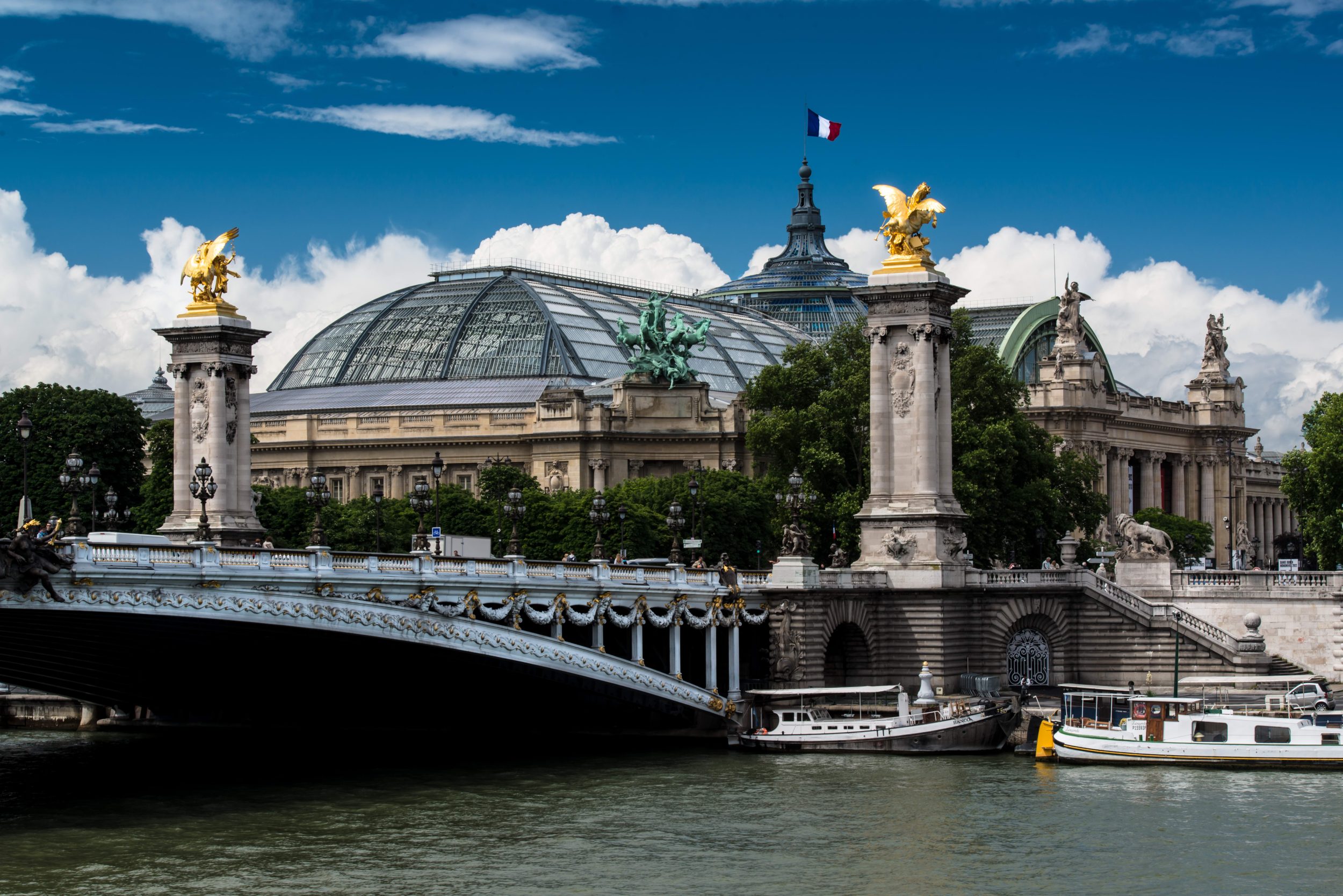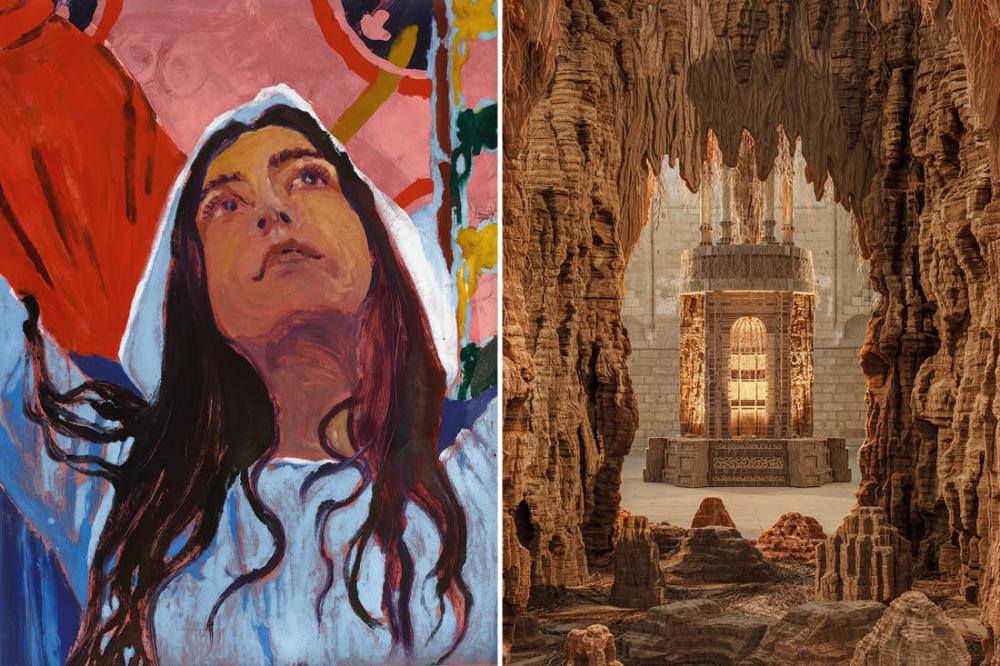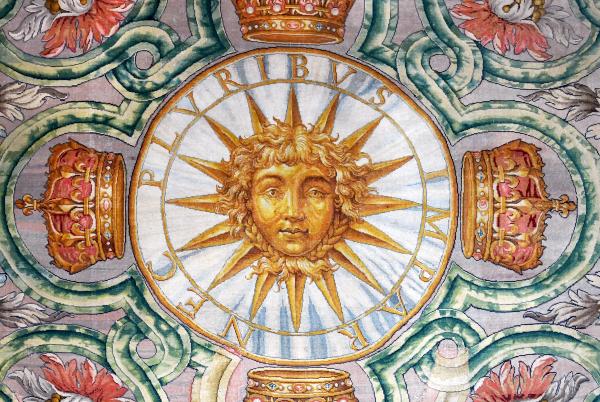Votre panier est vide
Besoin d'inspiration ?
Rendez-vous dans le programme en ligne du GrandPalais
Article -

Reducing the influence of reason and will
The man who was to become the figurehead of Surrealism immediately emphasized the fundamental role of the unconscious and the complete rejection of reason. United around this doctrine, the artists who joined the movement were all animated by the spirit of revolt for which the journal La Révolution surréaliste became the voice. Although they adopted very different languages (from painting to cinema, via photography and sculpture), these artists (Ernst, Giacometti, Magritte, Masson, Mirò, Dali, Tanguy, Man Ray, Buñuel, etc.) all had the founding manifesto in common. In a perpetual quest for the total liberation from desire called for by Breton, and in order to reduce the intervention of will, they favoured chance and invented techniques aiming to reproduce the mechanisms of dreaming: automatic writing, exquisite corpse, frottage, rayographs, etc.
Great freedom of expression, common themes
Far from presenting any visual similarity, the works produced by the various members of Surrealism reflect this freedom which they sought: dream-like landscapes, mysterious scenes, associations of all sorts of ideas, assemblies of objects, etc. Nevertheless, common themes emerge, particularly an attachment to strangeness (preferably disturbing), a taste for the hideous and a fascination with the erotic. More generally, also, a collage aesthetic favouring unlikely combinations, as Lautréamont famously described them: “As beautiful as the chance meeting on a dissecting-table of a sewing-machine and an umbrella”. Lasting more than 40 years, Surrealism exercised a considerable influence over American Post-War art (the automatic nature of Jackson Pollock’s action painting) and, in the 1960s, over Pop Art and New Realism (importance of the object).
Votre panier est vide
Besoin d'inspiration ?
Rendez-vous dans le programme en ligne du GrandPalais
See content : It's open! Eva Jospin and Claire Tabouret: two new exhibitions at the Grand Palais

Article -
Until March 15, you're invited to explore the fascinating worlds of Eva Jospin and Claire Tabouret, presented in two Grand Palais galleries linked by the same entrance.
See content : A treasure of the Sun King soon to be displayed under the glass roof of the Grand Palais: book your tickets now!

Manufacture de la Savonnerie d’après Charles Le Brun (1619-1690), Tête d’Apollon, détail du 6e tapis de la Grande Galerie du Louvre, laine et lin, 8,82 x 5,94. Paris, Mobilier national
Article -
Seven days only, some thirty carpets on display, a royal setting resurrected: enter the legend of the Sun King, under the majestic glass roof of the Grand Palais. Ticketing is now open!
See content : Last weeks to discover Niki de Saint Phalle, Jean Tinguely and Pontus Hulten

Jean Tinguely, L’Enfer, un petit début, 1984, métal, objets et matériaux divers, moteurs électriques, 370 × 920 × 700 cm, Centre Pompidou, Musée national d’art moderne, Paris.
Article -
An artistic, playful and historic interlude before the holidays! You still have until January 4, 2026 to discover the adventure of the trio Saint Phalle, Tinguely, Hulten. Between the Swiss sculptor, the Franco-American sculptor and the Swedish curator...